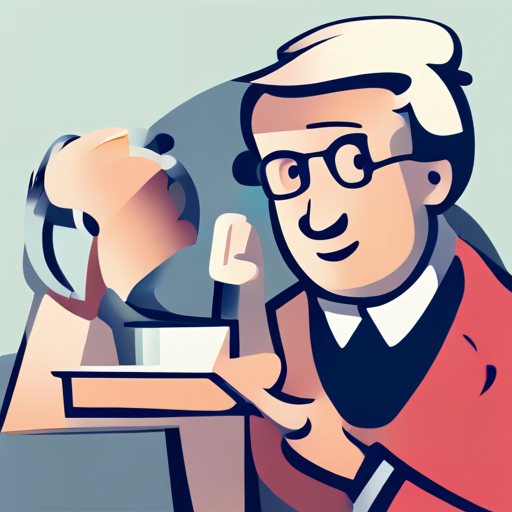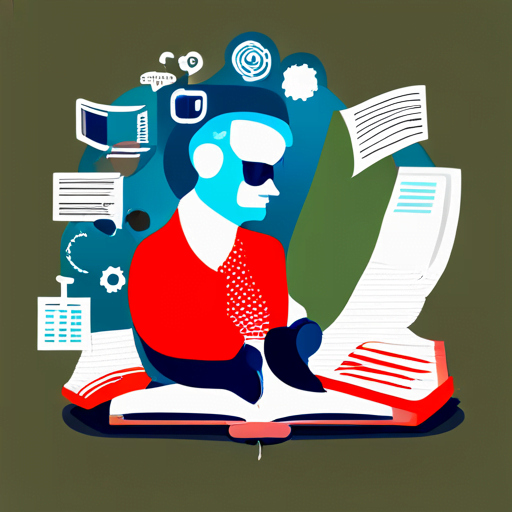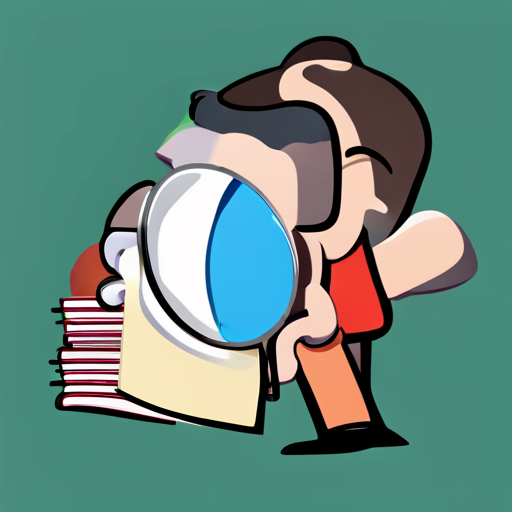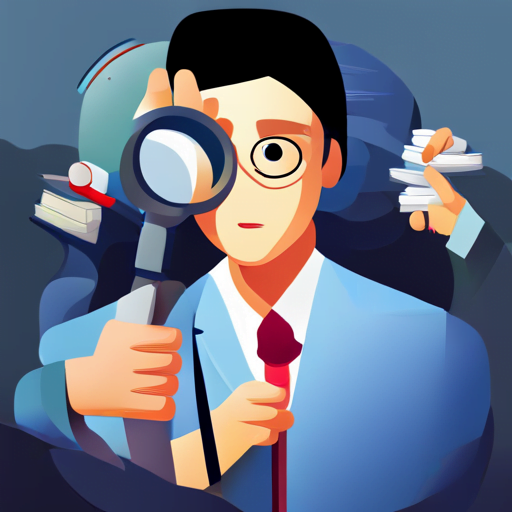Do you find yourself reading articles, books, or news stories without truly engaging with the text? Are you simply skimming through the words, without analyzing and interpreting the meaning behind them? If so, you may not be practicing critical reading.
Critical reading is a valuable skill that allows readers to not only comprehend the text, but also to analyze and interpret it in a deeper way. By actively engaging with the material, readers can gain a better understanding of the author’s perspective, evaluate the credibility of the information, and ultimately apply what they’ve learned in real life.
In this article, we’ll explore the importance of critical reading, strategies for actively engaging with the text, and how to take action after reading to become a more informed and engaged reader.
Table of Contents
Understanding Critical Reading: What It Is and Why It Matters

You’re about to discover why understanding what you read is so important and how it can make your life easier and more fulfilling.
Critical reading is not just about reading the words on the page, it’s about actively engaging with the text and analyzing it. When you read critically, you’re not just accepting what the author says at face value, but rather questioning, evaluating, and interpreting it.
Critical reading is essential in both your personal and professional life. It helps you make informed decisions, identify biases and assumptions, and develop your own ideas and opinions.
By reading critically, you gain a deeper understanding of the world around you and can effectively communicate your thoughts and ideas to others. So take the time to read carefully, think critically, and take action after reading.
Active Reading: Strategies for Engaging with the Text

Engaging with the text through active reading strategies can facilitate a deeper understanding and connection with the material. One way to actively read a text is to ask questions while reading. As you read, ask yourself questions like: What’s the main point? What evidence supports the author’s argument? What are the implications of this information?
By asking these questions, you become an active participant in the reading process, rather than a passive recipient of information.
Another strategy for active reading is to take notes while reading. This can help you to organize your thoughts and ideas about the text, and also helps you to remember important information.
You can use different note-taking techniques, such as summarizing the main points, creating a mind map, or highlighting key passages. Whatever method you choose, taking notes helps you to engage with the text and make it your own.
By actively reading and taking notes, you can gain a deeper understanding of the material and use it to inform your actions and decisions.
Analyzing and Interpreting the Text: Tools for Deeper Understanding

Analyzing and interpreting the text through the use of various tools can provide a deeper understanding and perspective on the material, ultimately leading to more informed decision-making.
One of the most important tools for analyzing a text is identifying the author’s main argument and supporting evidence. This involves looking for key phrases, ideas, and evidence that support the author’s claims. Additionally, it’s important to consider the context in which the text was written, as well as the author’s background and biases. All of these factors can influence the author’s perspective, and understanding them can provide insight into the author’s intention and message.
Another tool for analyzing a text is critical thinking. This involves asking questions and challenging assumptions in order to gain a deeper understanding of the material. Critical thinking can help you identify flaws in the author’s argument or uncover hidden biases. It can also help you draw connections between different parts of the text, or between the text and other sources of information.
By actively engaging with the text and using these tools for analysis, you can gain a deeper understanding of the material and use that understanding to make informed decisions.
Taking Action: Applying What You’ve Learned in Real Life

Now it’s time to put our newfound understanding into practice and make a difference in the real world! After analyzing and interpreting the text, we must take action to apply what we’ve learned in our daily lives. It’s not enough to simply gain knowledge – we must use it to create positive change.
One way to take action is to share our newfound understanding with others. We can start by having conversations with friends and family about the issues we’ve read about and the ways we can make a difference. We can also use social media to spread awareness and promote action.
Additionally, we can get involved with organizations or volunteer our time and resources to support causes that align with our values. By taking action, we can turn our critical reading into tangible results and make a real impact in the world.
Becoming a More Informed and Engaged Reader: Putting Critical Reading into Practice

You can become a better reader by actively applying what you learn and engaging with the world around you, ultimately making a positive impact on your community. Critical reading is not just about analyzing the text; it’s about understanding how the message affects you and others.
By becoming a more informed and engaged reader, you can develop a deeper understanding of the issues you care about and take action to make a difference. To put critical reading into practice, start by seeking out diverse perspectives and sources of information.
Read articles and books that challenge your beliefs and expose you to new ideas. Engage in discussions with people who have different viewpoints than you, and listen to their perspectives without judgment. By doing so, you’ll not only broaden your knowledge but also develop empathy and understanding for others.
Finally, take action by using what you’ve learned to make a positive impact on your community. Whether it’s volunteering, donating to a cause, or simply having conversations with those around you, small steps can lead to significant change.
Conclusion
But don’t stop there. Analyzing and interpreting the text can help you gain a deeper understanding and allow you to apply what you’ve learned in real life. By taking action, whether it’s through having discussions, making informed decisions, or advocating for change, you can make a difference.
So, keep practicing and putting critical reading into action. Your newfound skills will not only benefit you but also those around you.
Happy reading!
